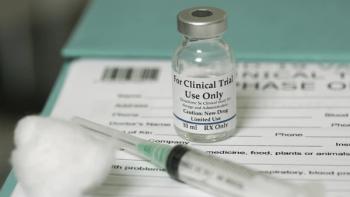
Study: using Avastin to treat AMD, DME could save Medicare billions
A study from the University of Michigan, which was recently published in Health Affairs, found that if all eyecare practitioners (ECPs) prescribed Avastin (bevacizumab, Genentech) instead of the more-expensive Lucentis (ranibizumab, Genentech) for the treatment of wet age-related macular degeneration (AMD) and diabetic macular edema (DME), Medicare plans could save $18 billion over a 10-year period.
Ann Arbor, MI-
Avastin costs $55 per treatment, while Lucentis costs $2,023-almost 40 times more-but the drugs have similar efficacy, side effects, and safety profiles when used to treat AMD or DME, according to the study. Choosing Avastin would also save patients $4.6 billion in co-pays and would save $29 billion in private insurance payments and other costs.
“As the Medicare-eligible population continues to grow, identifying savings while maintaining quality patient care is increasingly important. People don’t like to think there are tradeoffs between health and costs, but we certainly do need to think about cost when health care is 18 percent of the GDP and growing,” says David Hutton, PhD, lead author on the study.
Avastin was originally created as a cancer-fighting drug and was given in higher doses to inhibit the growth of tumors by slowing the development of blood vessels. For several years, it was used to treat AMD and DME off label, and because it was used in much lower doses than when treating cancer, the cost was also much lower. Genentech also makes Lucentis, which was FDA-approved to target these eye diseases, and priced the drug much higher.
According to the study, about two-thirds of ECPs prescribe Avastin. The study’s co-author, Joshua Stein, MD, MS, says ECPs may be reluctant to prescribe the drug because the original safety data addresses side effects from the drug at the high doses used in cancer treatments, which include heart attack and stroke. Data at the lower dose used in the ocular injection is limited.
“In two large clinical trials that have been done on use in eye disease, the data did not show a difference in rates of serious side effects, but those studies didn’t have enough power to fully address safety,” says Dr. Stein.
Next:
Newsletter
Want more insights like this? Subscribe to Optometry Times and get clinical pearls and practice tips delivered straight to your inbox.















































.png)


